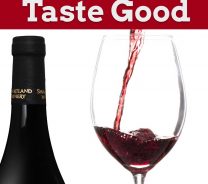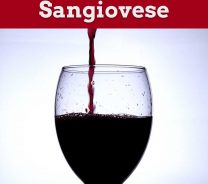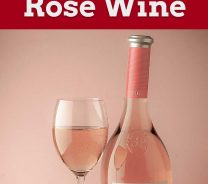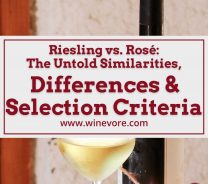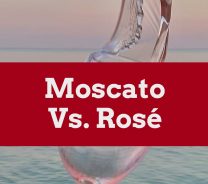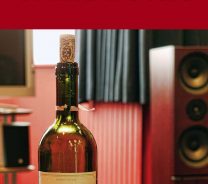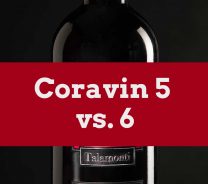Chardonnay vs Chablis
Last Updated on August 1st, 2023
Reader Disclosure Disclosure: We may earn commissions for purchases made through links on our site. Learn more on our about us page.Ahh, wine season; the warmer weather returns, along with the grapes in which those around the Vineyard craft these finer spirits. With each growing season comes a new sense of purpose and opportunity for winemakers from across the globe.
Leading us to our first comparison of the 2023 season, the white wines Chardonnay and Chablis are said to have light and zesty flavor palettes that pair well with light meats like chicken.
In addition, both can be found in similar geographical locations. Even more closely, each of these vintages is grown in the Burgundy region of France.
What are the Similarities?
On the rare occasions in which Chablis takes in a buttery note from the barrel or cask, it can be compared to the same flavor palette of Chardonnay.
Each has what sommeliers would call a lean and elegant taste which can be attributed to the geographical benefits of the French vineyards’ soil, climate, and traditions.
Unoaked varieties of Chardonnay will have similar higher acidities like that of Chablis. Both white wine vintages will have choice pairings with chicken-based dishes and other light pasta and rice dishes.
One final similarity to think about, each will be a good choice for cooking with, be sure to think about the flavors you want to infuse into your foods and select one of these wines accordingly.
What are the Differences?
The differences start with the different tastes that come with these two white wines. For instance, the Chardonnay vintages will have notes of fruitiness from the berries, citrus, and other fruits used during the winemaking process.
Next, Chablis white wine vintages will almost certainly have higher acidotic percentages than Chardonnay; and for the most part, Chardonnay butteriness contrasts with the traditional flavor palette of Chablis wines.
Regarding the fermentation stage, Chablis is rarely placed into oak-aging casks or processes, resulting in a unique style and taste profile.
Instead, most Chardonnay’s will have a period of aging inside specialized barrels and casks to absorb and mature the flavors that wine enthusiasts love.
Pros and Cons: Chardonnay vs Chablis
One major pro of Chardonnay is its natural flavors pair and match well with many soft kinds of cheese, making it a nice choice for lunches outside or engagements that require simple appetizers.
However, one of the cons could be how long one must wait for a white wine to fully mature and be ready for consumption.
Chablis is quick to be ready to drink and has higher acidity, which can be nice for cooking with fish and certain meats. The con, this white wine has lost the title of ‘go-to cooking wine,’ but that does not mean you will not be able to use it for that purpose.
Which Wine is More Versatile?
This can easily be answered within the winemaking process, but there are also going to be used after being bottled that would need to be discussed before determining a winner, which is more versatile.
To start, Chardonnay can undergo two process styles, oak-aged and unoaked kinds, to which Chablis will only have the un-barreled varieties.
Next, when it comes to cooking, Chablis has been known for being a go-to choice for cooking, even though other wines might come to mind before Chardonnay or Chablis.
Lastly, Chardonnay will pair with a plethora of more foods than Chablis, making it more versatile in two of three categories.
Which one has more Tannins?
Tannins are collected from different organic materials used to produce the wine, including the grapes and oak barrels used during the process. Therefore, to simply break it down, think about it like this.
If Chablis does not go through an oak barrel aging process, the Chardonnay that does will naturally have a higher tannin content in comparison.
However, there are going to be some bottles of unaged Chardonnays that will be leaner in tannins when compared to fuller-bodied Chablis. In general, you can count on getting higher tannins from the aged varieties of Chardonnays if a recipe calls for it.
Final Thoughts on Chardonnay vs. Chablis
White wines come in a wide variety of vintages, even from the same region of Burgundy, France; the casual wine drinker can see the many possibilities when it comes to growing these grapes in other regions.
Different flavors and crispiness can be as refreshing of an experience as the wonderful dish it was served with.
These two white wines will be good for cooking light chicken and fish dishes but also be part of a fun regional wine-tasting planned evening. Just as a side note, consider hiring a sommelier to help you digest the flavor palettes and subtle differences in vintages.

